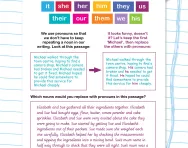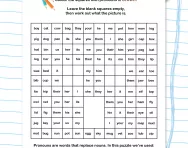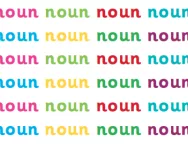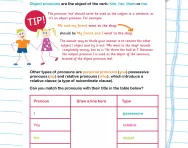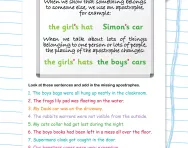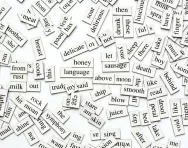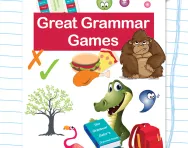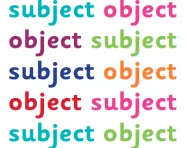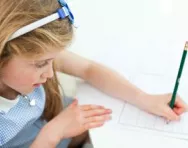Important update from TheSchoolRun
For the past 13 years, TheSchoolRun has been run by a small team of mums working from home, dedicated to providing quality educational resources to primary school parents. Unfortunately, rising supplier costs and falling revenue have made it impossible for us to continue operating, and we’ve had to make the difficult decision to close. The good news: We’ve arranged for another educational provider to take over many of our resources. These will be hosted on a new portal, where the content will be updated and expanded to support your child’s learning.
What this means for subscribers:
- Your subscription is still active, and for now, you can keep using the website as normal — just log in with your usual details to access all our articles and resources*.
- In a few months, all resources will move to the new portal. You’ll continue to have access there until your subscription ends. We’ll send you full details nearer the time.
- As a thank you for your support, we’ll also be sending you 16 primary school eBooks (worth £108.84) to download and keep.
A few changes to be aware of:
- The Learning Journey weekly email has ended, but your child’s plan will still be updated on your dashboard each Monday. Just log in to see the recommended worksheets.
- The 11+ weekly emails have now ended. We sent you all the remaining emails in the series at the end of March — please check your inbox (and spam folder) if you haven’t seen them. You can also follow the full programme here: 11+ Learning Journey.
If you have any questions, please contact us at [email protected]. Thank you for being part of our journey it’s been a privilege to support your family’s learning.
*If you need to reset your password, it will still work as usual. Please check your spam folder if the reset email doesn’t appear in your inbox.
What is a pronoun?

What is a pronoun?
A pronoun is a word used to replace a noun.
Examples of pronouns are: he, she, it, they. We use pronouns so that we don't need to keep repeating the same nouns; for example, rather than repeat the noun 'the car' in this sentence, we use a pronoun (in bold):
We took the car to the garage because the car needed fixing.
We took the car to the garage because it needed fixing.
Personal pronouns explained
A personal pronoun is a word which can be used instead of a person, place or thing.
There are twelve personal pronouns for people: I, you, he, she, it, we, they, me, him, her, us and them.
There are three personal pronouns for things: they, them, it.
Personal pronouns allow you to avoid repeating a word and to refer to someone already mentioned. If the noun is plural, so is the pronoun which replaces it.
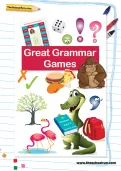
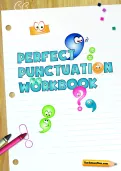
Download Fantastic FREE Grammar Resources!
- Perfect Punctuation Workbook
- Grammar Games Pack
- PLUS 100s of other grammar resources
Possessive pronouns explained
Possessive pronouns are used to show ownership of a person or thing. Some can be used on their own (mine, yours, his, hers, ours, theirs, whose); others must be used with a noun (my, your, his, her, its, our, their, whose).
Possessive pronouns are used to avoid repetition of the noun. For example:
John put John's bag on John's peg. He walked to John's classroom.
If you use pronouns the sentence reads:
John put his bag on his peg. He walked to his classroom.
Pronouns in primary school
In Key Stage 1, children are encouraged to make sure that they don't keep repeating nouns and use pronouns instead. Teachers encourage this progression by showing them how to do this in shared writing and through marking the children's writing. Reading various fiction and non-fiction texts will also give children a feel for using pronouns.
Children's ability to identify pronouns correctly is tested at the end of primary school as part of the KS2 SATs Punctuation, grammar and spelling test.


